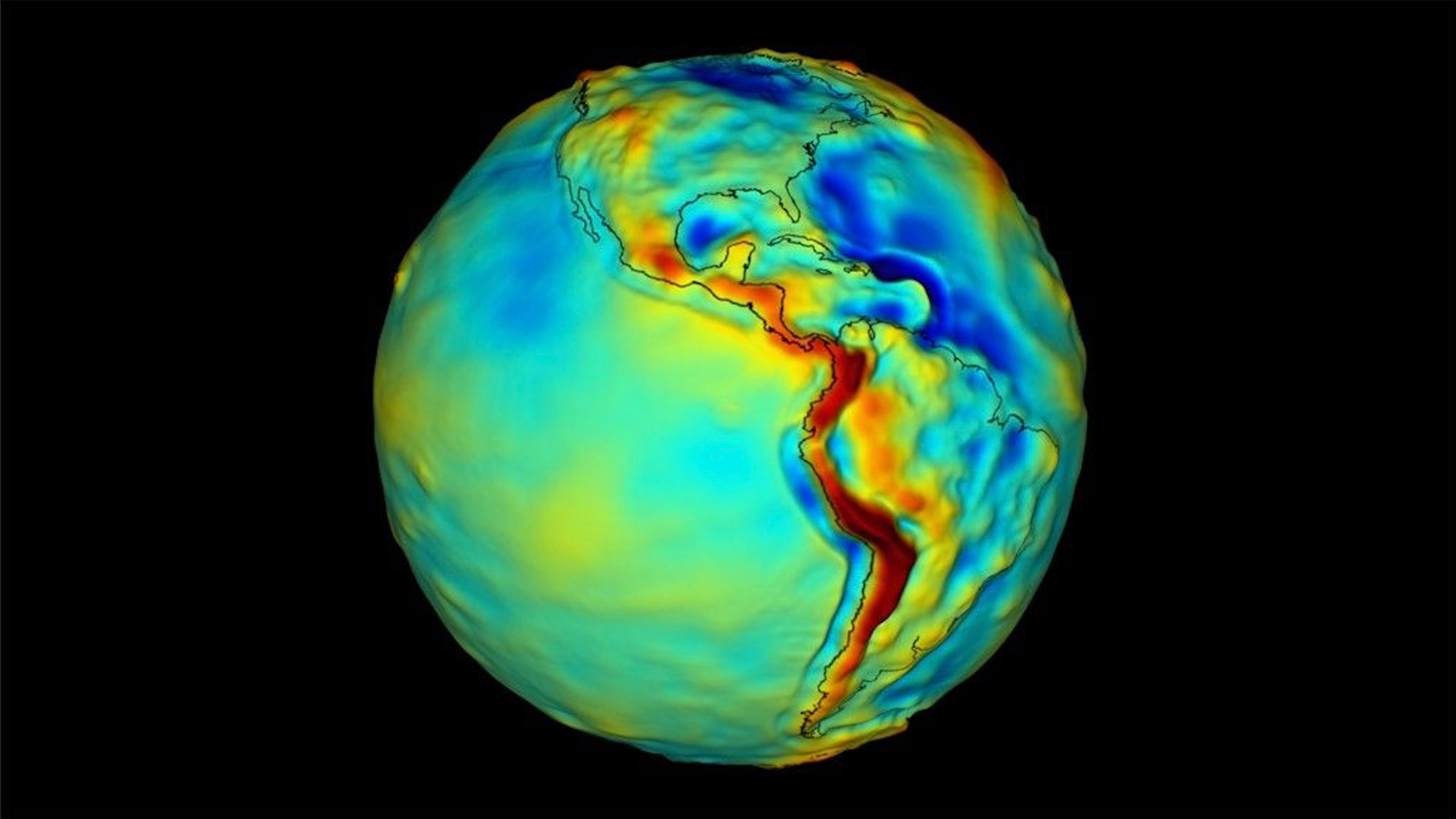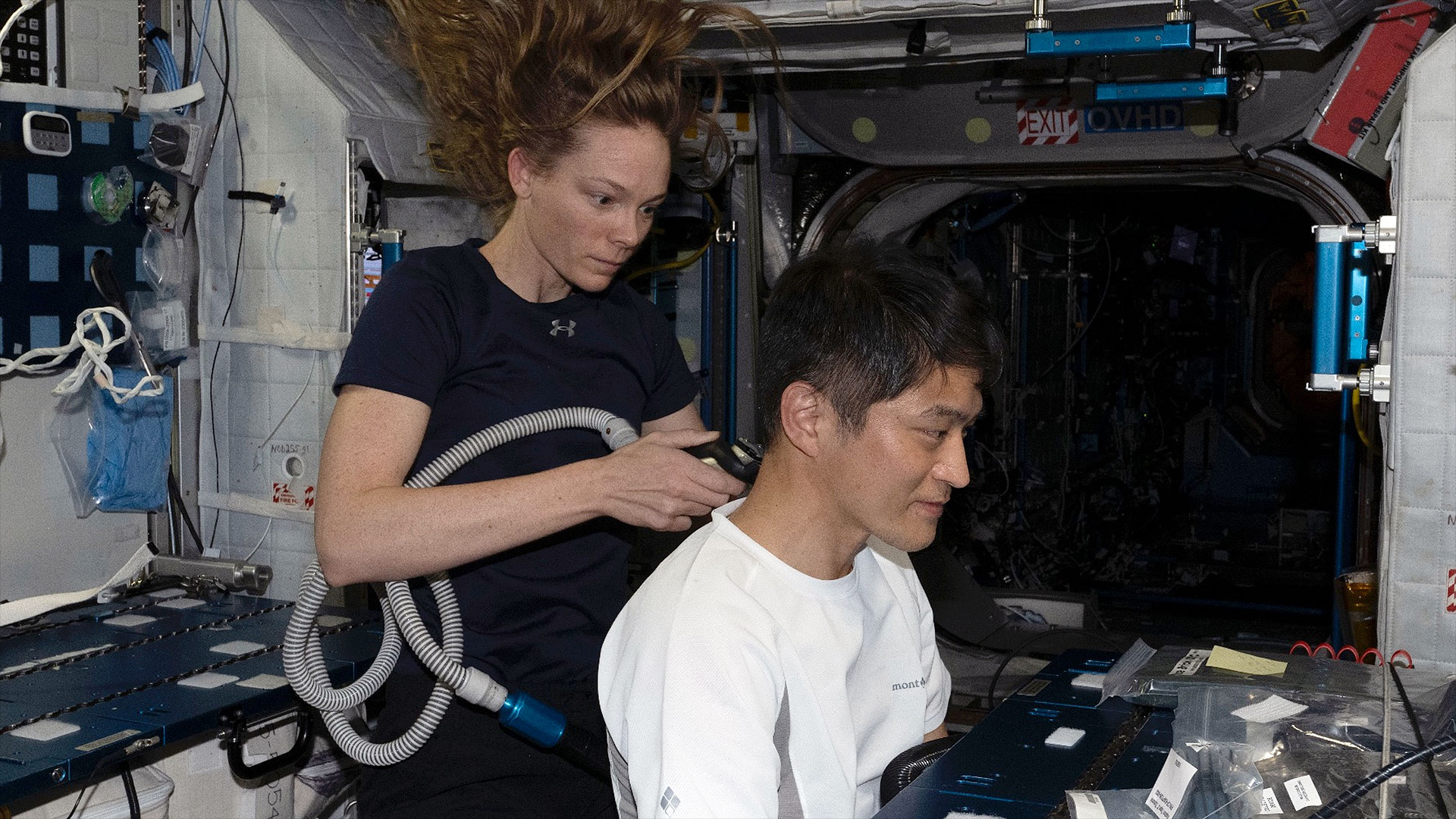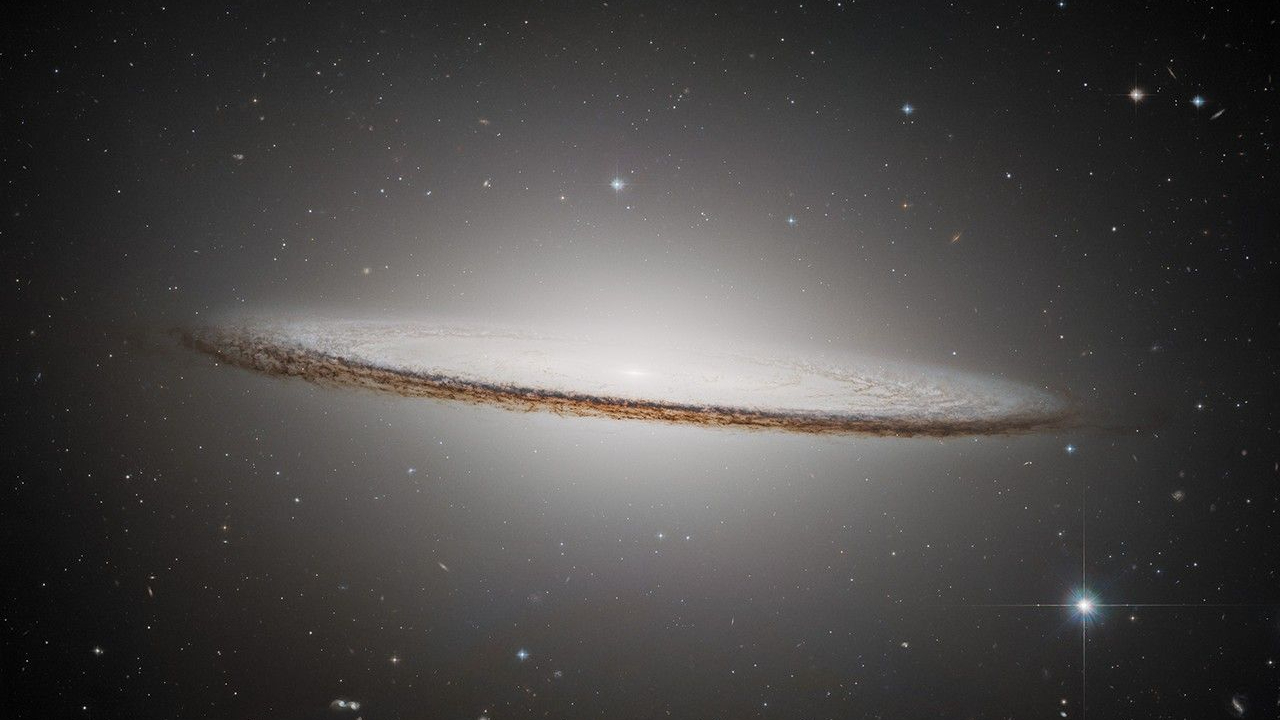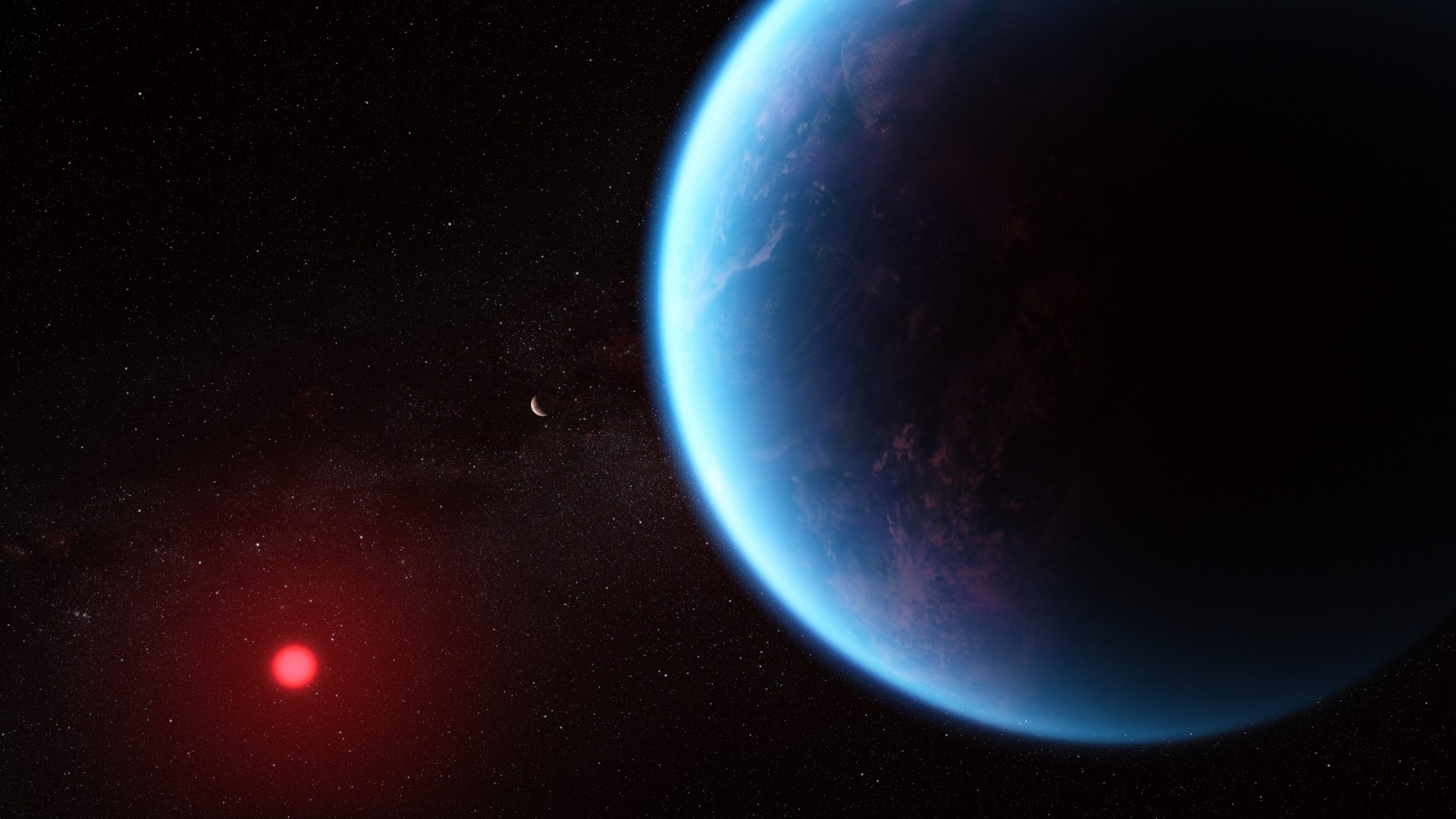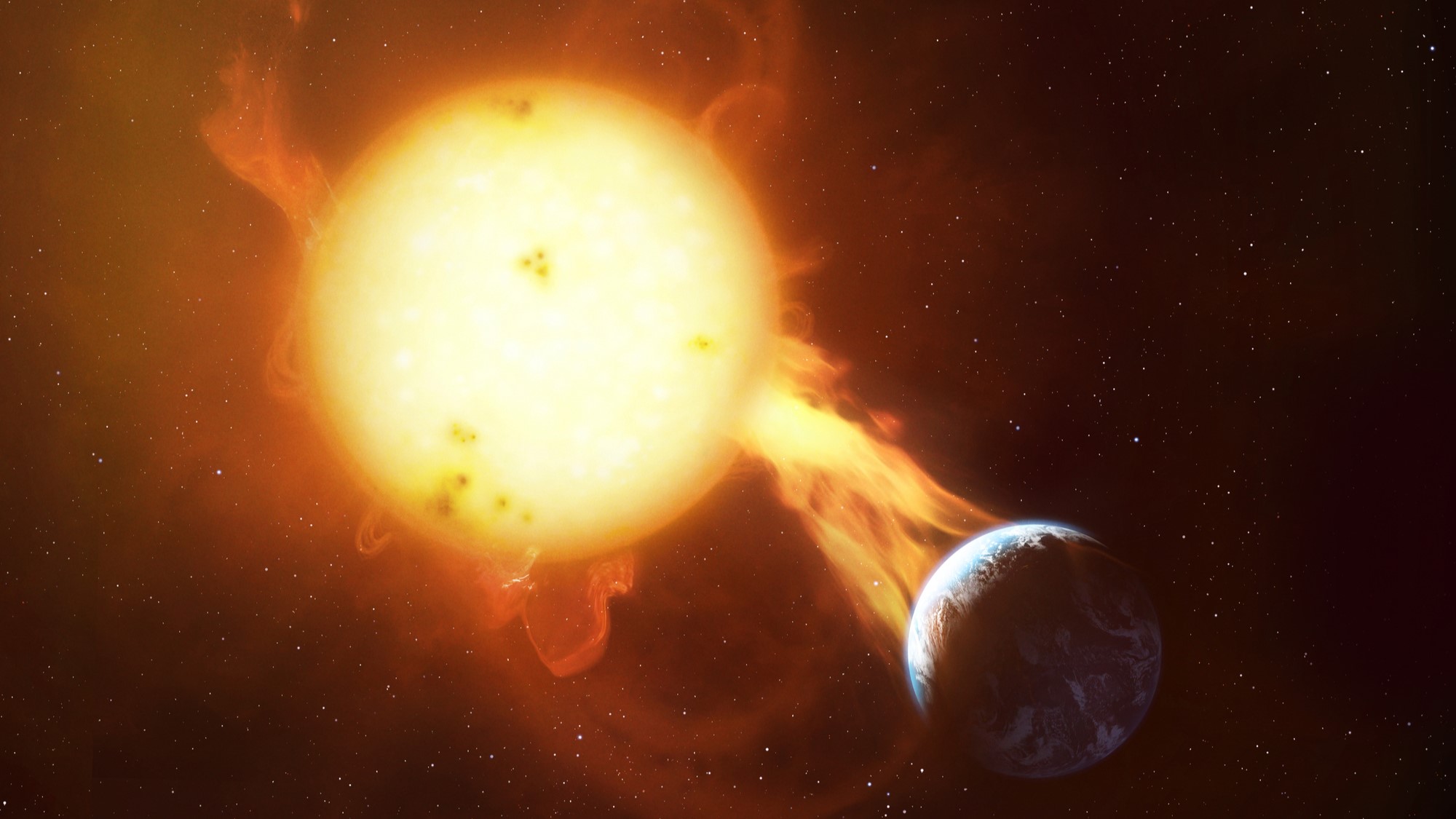A New Light Shines at Los Angeles' Griffith Observatory

It has beenmore than 70 years since Griffith Observatory first opened its doors to thepublic in the hills above Los Angeles; however, for the last four years, the most visited public observatory in theworld had sealed itself off from view to undergo a massive $93 millionrebuilding project. The wait to see what was accomplished during this hiatusfinally ended recently, with visitors now able to experience the wonder ofseeing Griffith in a whole new light.
Firstestablished as a public endowment by mining magnate Griffith J. Griffith in1896, construction on the observatory was not begun until 1933, nearly 14 yearsafter his death.
Griffith is best remembered for his generousdonation to the city of Los Angeles that created Griffith Park and eventually the observatory that bears his name, as wellas the Greek Theater.
However, heis less know for little facts such as that he tried to kill his wife and servedtwo years in San Quentin as a result! Trying to change his negative image, heoffered the funds for the observatory as early as 1912, but the city refusedthe offer, looking on it as a bribe. Two decades later, the city looked morefavorably on the project, and work was begun in earnest.
Nowadays,the observatory is a lasting legacy to his name, without the encumbrances ofthe shadier side of his life. Griffith Observatory has long been a landmarksitting high on Mt. Hollywood, overlooking the Los Angeles basin, not far from the infamous "Hollywood" sign. The location has beenused in numerous films, including James Dean's Rebel Without a Cause,and more recently in epics such as The Rocketeer and The Terminator.For many of us, Griffith brings to mind great memories of afirst observatory and planetarium visit, not to mention those nights ofmind-altering Laserium.
To enterthe grounds now gives little indication of all that has transpired since 2002.From the outside, very little has changed. If you had been privy to this areaduring reconstruction, you would have seen the massive undertaking that includedlifting the entire building off its foundation without creating a single crack.This enabled workers to dig out the mountain underneath the original buildingto expand downward--a bizarre direction for a facility that wants us all to lookoutward to the universe!
All of theexhibits were either removed or completely refurbished, changed, and updated.Old favorites such as the Foucault Pendulum that demonstrates Earth's rotation,art deco wall panels and ceiling fresco, or the giant Moon globe, remainintact. New exhibits on meteorites, the solar system, and the universe beyond,are all state-of-the-art. The two most noticeable improvements are in thePlanetarium and theater.
Get the Space.com Newsletter
Breaking space news, the latest updates on rocket launches, skywatching events and more!
The"Samuel Oschin Planetarium" warps ahead of the original with aprojection system that brings full-motion video to the dome and unparalleledstar fields to show us all the night sky. The new Zeiss Mark IX Universariumand Evans & Sutherland laser projection system are a far cry from the slideprojectors and Mark IV Zeiss starball of old. Best of all is the removal of thewholly uncomfortable wooden-backed seats, replaced with luxurious reclinersthat would quickly put you to sleep if not for the exciting presentation aboveyour head. The premiere presentation for the new planetarium is entitled,Centered in the Universe, and takes viewers through the history of astronomy asan Earth-centered universe, all the way to the latest cosmology of the Big Bangand where we truly sit in relation to everything else.
The"Leonard Nimoy Event Horizon Theater" is a beautiful addition thatcurrently features a 23-minute presentation hosted by Nimoy himself on theobservatory and its renovation. The theater is located beneath your feet as youwalk in the entrance of the original building--a fact you will never notice inthe manicured lawns and walkways. The film is highly entertaining, and the onlyquibble I might have is the screen appears tiny for the theater, but this is asmall problem in an otherwise excellent presentation.
Elsewhere,you can still view directly through the observatory's telescope on clearevenings, a privilege not many places still offer. Strolling the grounds isalways delightful, especially on the day we visited. The night before my visit hadgiven us a much-needed rain shower, and the views in all directions werespectacular. The air was exceptionally clear when I arrived, with no sign ofthe smoggy, brown haze that usually obscures Los Angeles from above. The view to Palos Verdes, Catalina Island, and beyond was a special treat. Asthe day wore on, the sky changed from absolutely clear blue, to clouded overwith a threat of additional rain, that fortunately did not appear during thevisit.
Specialkudos must be extended to Robert Kline. Bob has worked part-time for 28 yearsat Griffith, restoring exhibits and creatingnew ones. As those of you who have seen his work for our organization canattest, Bob's efforts are nothing short of miraculous. Whenever he has providedthe Orange County Space Society with artwork or exhibit materials, such as ourlogo and display case, it is not only what we asked for, but always one stepbeyond. Dr. Edwin Krupp, Griffith Director for the past 22 years, is very luckyto have the efforts of Bob to show off to the public, and Bob must take fullresponsibility for all he has accomplished on behalf of science and spaceeducation.
The largestnew gallery is also underground, next door to the Nimoy Theater. Here you cansee giant scale representations of each planet in our solar system (even recently-demotedPluto).
Standingbeneath the ringed globe of Saturn and learning more about this world, as wellas seeing the latest images from space probes such as Cassini of the real deal,are always impressive. There is even a spot where you can not only touch anactual Moon rock, but one from Mars as well. As far as I know, this may be theonly science center that offers such a tactile experience. Touching the Moon isscarce enough, but being able to place your finger on Mars itself is worth thetrip.
Equallyimpressive, but maybe not as noticeable because of its shear size, is The BigPicture, in the "Gunther Depths of Space Gallery." You can walk bythis 120-foot long and 20-foot high porcelain and metal wall and think it isjust a fine depiction of a piece of the night sky. In actuality you need tostep back and realize this is a real photograph of a minuscule portion of thesky near the Virgo Cluster, a spot so small it could be covered by the tip ofyour finger held at arms length in front of your face. You can see thousands ofgalaxies scattered all across the wall, and even get a telescopic view from thegallery above, 60 feet away.
With a longday scouting the expanded observatory grounds and exhibits, you'll want torelax and grab a bite to eat at the "Cafe at the End of the Universe (withappropriate apologies to Douglas Adams!), and check out their extensive giftshop, which features lots of great books, branded apparel, jewelry, and toys.
The newGriffith Observatory is still in a state of flux, with final touches being puton some exhibits and working through the little glitches that beset these typesof public venues. Overall, however, it is definitely worth your time. We metmany people not only from the Los Angeles and Orange County areas, but tourists from out of state and overseas who cameto partake of this new wonder. On the bus ride back to the shuttle parkingarea, I didn't hear one voice that did not praise the efforts at reinvigoratingthis institution, and would recommend it highly to anyone who asked.
Griffith is once again open for the businessof expanding your mind across the universe.
Larry Evans is the chair of the Orange County Chapter of the National Space Society.
NOTE: The views of this article are the author's and do not reflect the policies of the National Space Society.
Visit SPACE.com/Ad Astra Online for more news, views and scientific inquiry from the National Space Society.
Join our Space Forums to keep talking space on the latest missions, night sky and more! And if you have a news tip, correction or comment, let us know at: community@space.com.
